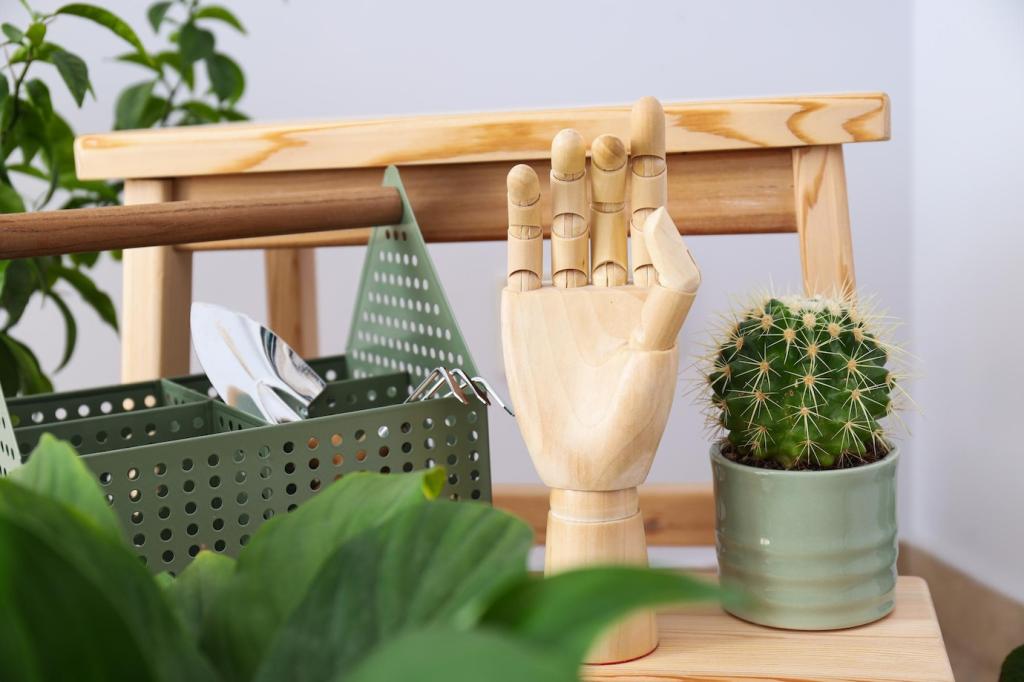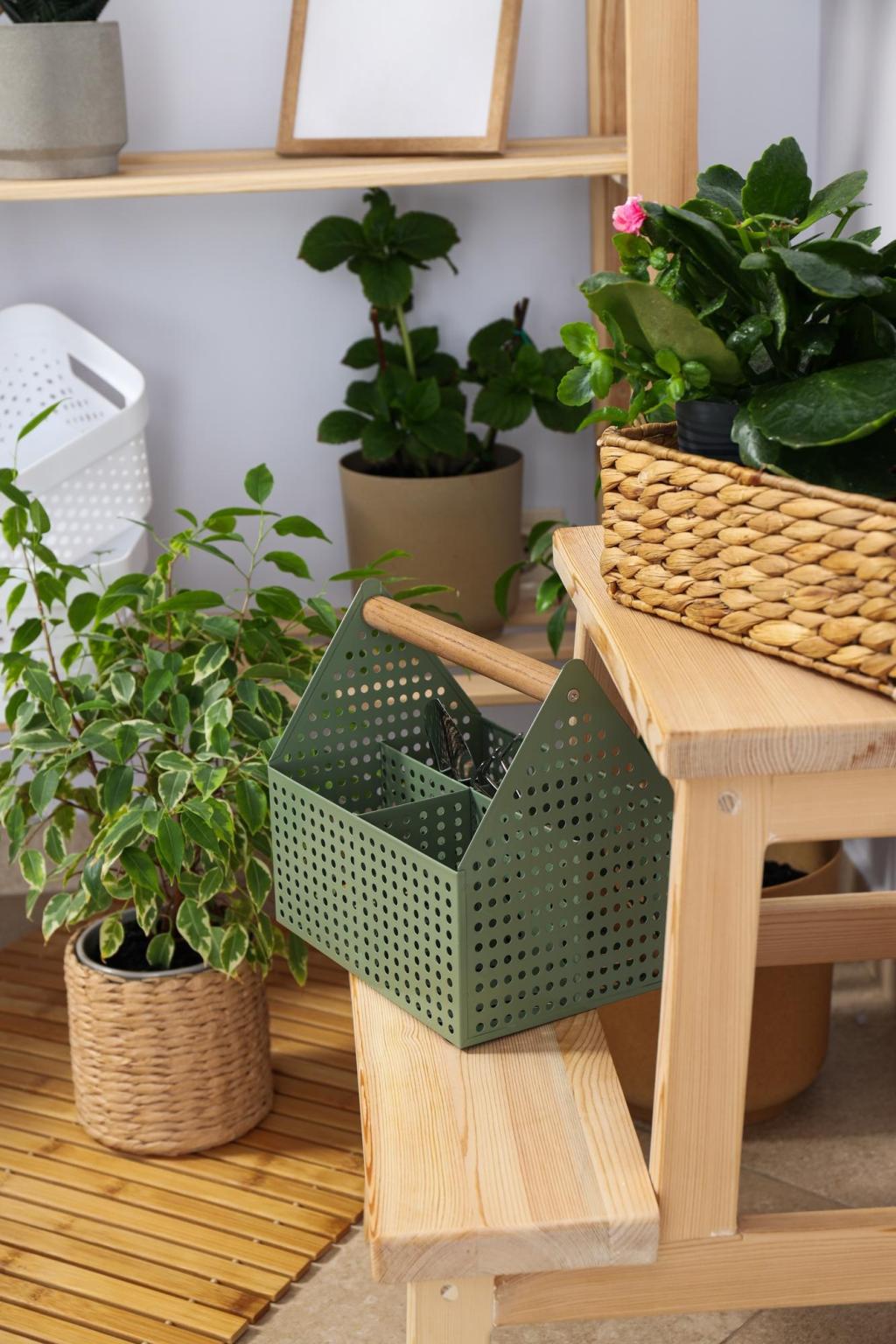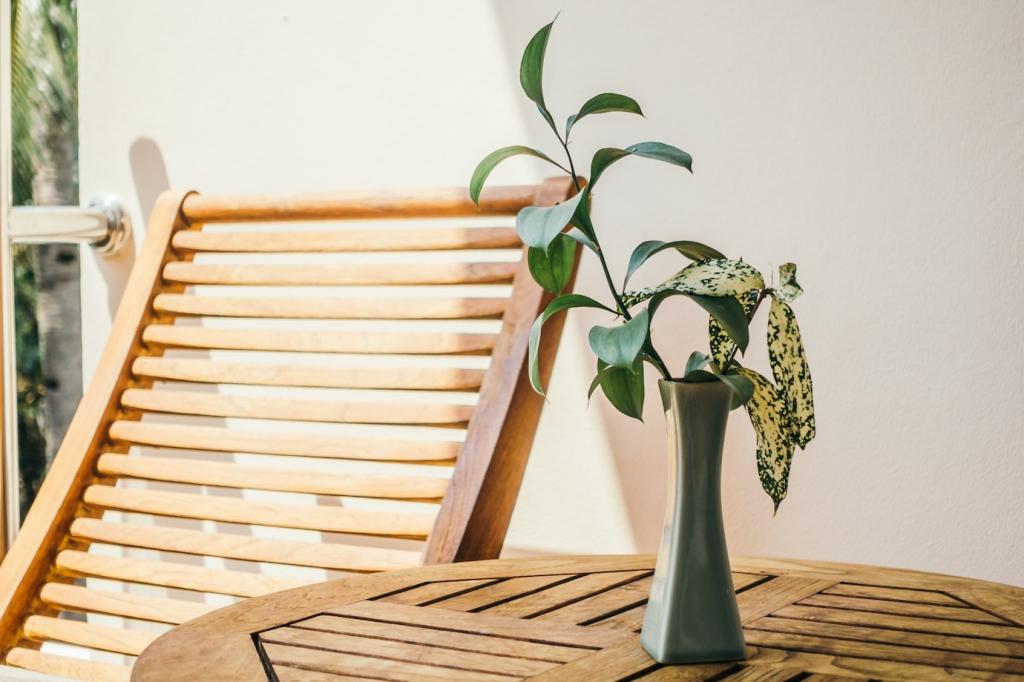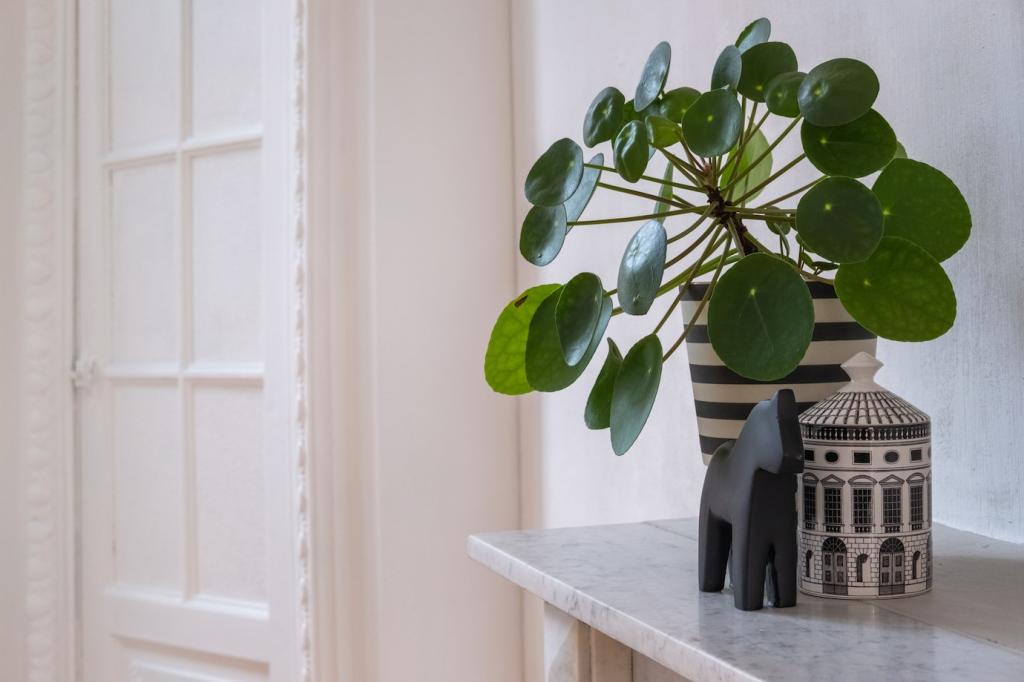
Innovative Recycled Materials in Interior Design
The world of interior design is undergoing a remarkable transformation, driven by an increasing commitment to environmental stewardship and resource efficiency. The use of innovative recycled materials is not only a response to the urgent challenges of sustainability but also a testament to human ingenuity and creativity. By integrating discarded and repurposed materials into indoor spaces, designers are crafting unique, inspiring environments that reflect a harmonious blend of beauty, functionality, and eco-consciousness. This evolution is shaping modern interiors in ways that celebrate sustainability without compromising on style or quality.
Transforming Waste into Aesthetic Value
Recycled Glass Surfaces
Recycled glass offers a stunning visual effect that can be used for countertops, backsplashes, and tiles. By collecting used bottles, windows, and other discarded glass products, manufacturers are able to crush, melt, and reform the material into surfaces that sparkle with color and texture. The resulting products are not only durable and easy to maintain but are also unique—each piece tells a story through its composition of differently tinted shards and fragments. Designers embrace recycled glass for its ability to lend vibrancy and light to spaces, making it a favored choice in both residential and commercial settings aiming for an eco-forward image.
Repurposed Metal Elements
Repurposed metals, such as aluminum, steel, and copper, are increasingly sought after for their sleek, modern appeal. These materials are often sourced from decommissioned machinery, industrial scraps, or surplus from construction projects. Instead of allowing such metals to languish in landfills, innovative processes clean, melt down, and reshape them into architectural details, light fixtures, or furniture frames. The patinas and subtle wear found on repurposed metals introduce character and authenticity to interiors, while their enduring strength guarantees longevity. The use of these materials reinforces the narrative of transformation and resourcefulness at the heart of responsible design.
Upcycled Timber Features
Timber salvaged from old barns, factories, or shipping pallets is valuable for its rich history and established strength. Upcycled wood is carefully processed to preserve its patina and grain, then reborn as flooring, paneling, or custom furniture. Its appeal lies not only in its rustic aesthetics and versatility but also in its role as a tangible reminder of sustainable values. The process of upcycling timber diverts material from the waste stream and supports a circular economy, all while filling interiors with warmth and texture that cannot be replicated by new lumber. Designers value upcycled timber for its unique narrative and environmental relevance.

Advances in Fabric and Textile Reclamation
Textiles made from post-consumer waste—such as discarded clothing and plastic bottles—are revolutionizing soft furnishings. These fibers undergo advanced processing techniques, including cleaning, shredding, and re-spinning, to create yarns suitable for upholstery and curtains. New technologies allow for exceptional softness and vibrant pigmentation, rivaling traditional fabrics in performance. By choosing post-consumer recycled fabrics, designers contribute to reducing landfill burdens and the demand for virgin resources. The result is an array of sustainable textile options that blend wellness, responsible consumption, and distinctive design.


Plaswood and Recycled Plastic Boards
Plaswood is an inventive material manufactured from mixed waste plastics, such as packaging and consumer goods. This blend is processed into sturdy boards and panels that resemble traditional timber yet outperform it in water resistance and durability. Designers employ plaswood for anything from wall cladding to cabinetry, benefiting from its low maintenance and long service life. The aesthetic versatility—available in a variety of textures and tones—encourages creative expression while simultaneously diverting plastic from oceans and landfills. Plaswood’s adoption signals a forward-thinking approach to interior materials stewardship.

Paper-Based Composite Surfaces
Through advanced technology, waste paper can be compressed, bonded with non-toxic resins, and transformed into dense, durable panels. These paper-based composites offer an eco-friendly solution that rivals stone or laminate in terms of strength and utility. Used for countertops, shelving, and decorative accent pieces, these materials bring a sleek, modern look to interiors while embodying the principle of resource maximization. The manufacturing process consumes less energy and fewer raw materials compared to their traditional counterparts. This transformative use of waste paper underscores the synergy between clever engineering and commitment to sustainability in contemporary interiors.

Agricultural Waste Boards
Agricultural by-products—such as rice husks, sunflower seed shells, or straw—are now being turned into composite boards for furniture, cabinetry, and wall surfaces. These materials are typically generated in abundance and were once burnt or left to biodegrade, contributing to pollution or wasted opportunity. By binding agricultural fibers with eco-friendly adhesives, manufacturers create robust panels with unique textures and natural appeal. Designers appreciate the tactile warmth and organic charm these boards offer, as well as the story of turning overlooked resources into lasting interior assets. This innovation supports rural economies and emphasizes the interconnectedness of agriculture and design.
